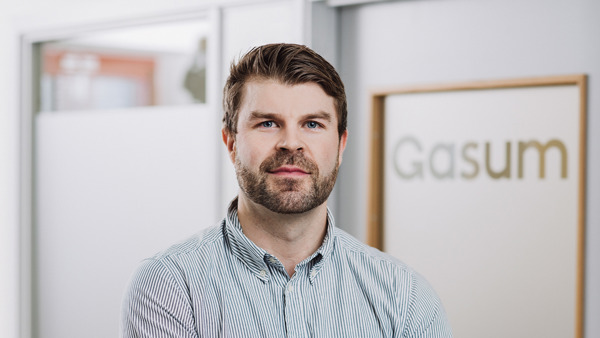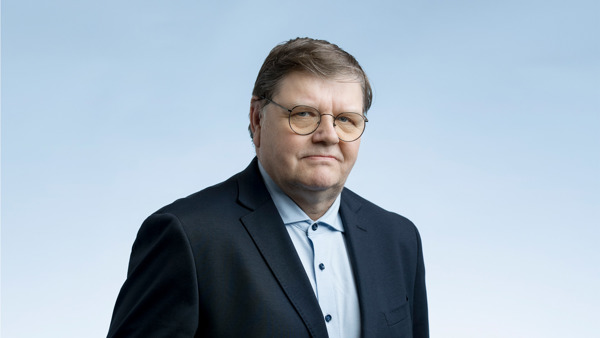Each Gasum biogas plant produces recycled nutrients
In addition to biogas, Gasum’s biogas plant network in Finland and Sweden produces high-quality recycled nutrient and fertilizer products for use in agriculture and industry.
The use of recycled nutrients and fertilizers reduces the use of fossil based mineral nutrients, such as the use of scarce phosphorus resources, and helps to cut emissions originating in the manufacture of fossil nutrients.
The use of the digestion residue from biogas production as a soil-enhancing product also improves soil health. Digestion residue-based soil-enhancing products contain carbon compounds that make soils more fertile for food production.
Besides being used in agriculture, recycled nutrients and fertilizers can replace fossil nutrients used by industry. They can be used for example as a nutrient supplement in soil products used for landscaping and for covering landfills, and as a source of nitrogen in effluent treatment plants in the forest industry and cleaning of flue gases.


